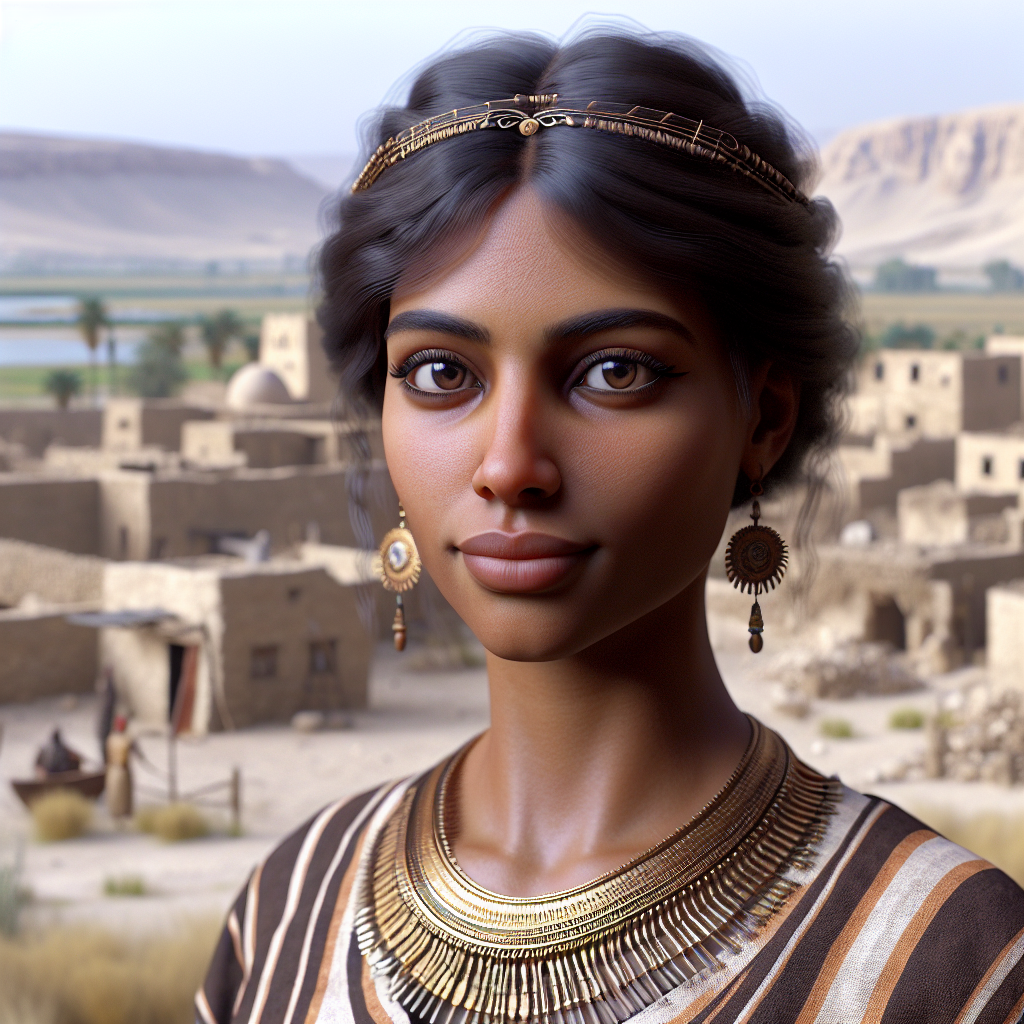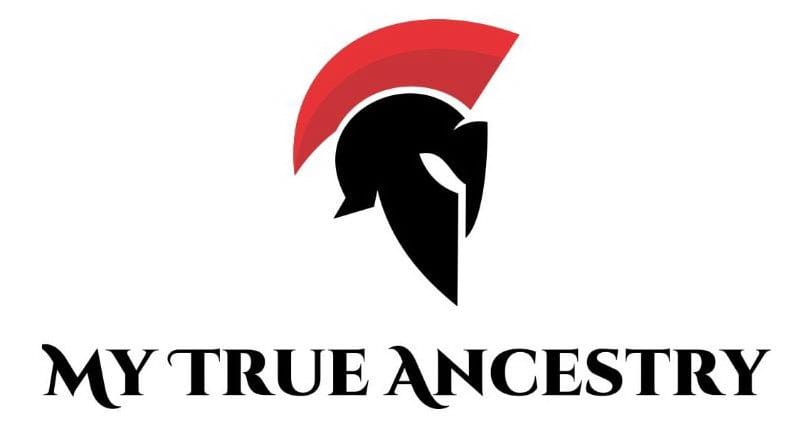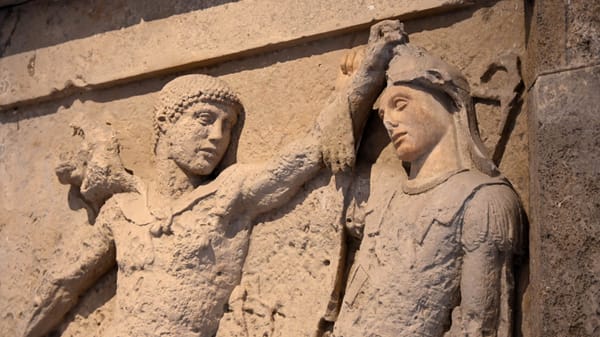The Enigmatic Phoenician Tombs of Sicily




The ancient Phoenician civilization, renowned for their expansive maritime trade networks, left an indelible mark throughout the Mediterranean, with Sicily serving as a pivotal hub in their complex web of cultural and commercial exchange. Recent archaeological investigations have revealed intriguing discrepancies between radiocarbon dating and traditional archaeological dating methods from Phoenician tombs across Sicily, opening new chapters in our understanding of ancient Mediterranean life.
Sicily emerged as a vital crossroads in the Mediterranean, becoming a pivotal archaeological site for understanding the migration and cultural diffusion of the Phoenicians. These seafaring people from the ancient Levant were masters of trade and cultural exchange, leaving significant imprints on places like Motya, Birgi, and Palermo—sites now brimming with Phoenician relics that tell stories of a sophisticated ancient civilization.
The excavations at these remarkable sites have unraveled fascinating insights into Phoenician heritage, where burial practices reveal tales of a bygone era. Joseph Whitaker's pioneering excavations over a century ago opened the doors to the Phoenician world in Sicily, providing meticulous documentation of grave goods from Birgi, situated across the waters from the famed island of Motya. His work created a foundation for understanding the treasure trove of artifacts that would continue to emerge from Sicilian soil.
These archaeological sites have yielded an extraordinary array of grave goods that offer vivid glimpses into Phoenician cultural tapestry. Glass beads crafted in traditional Phoenician motifs, stone and clay alabastrons, Phoenician jugs, bronze rings adorned with scarabs, and Greek cups all whisper stories of the ancient world and its interconnected trade networks. Each artifact represents not merely an object, but a testament to the sophisticated artistic traditions and far-reaching commercial relationships that defined Phoenician society.
At Birgi's tomb 14, excavations revealed an adult male buried with stone alabastrons and exquisite glass beads dating back to the 6th century BCE, providing a remarkable snapshot of Phoenician artistry and trade connections that spanned centuries and continents. These delicate items, elegantly crafted and preserved through millennia, give us cultural glimpses into the opulent lives led by those interred within these ancient burial chambers.
While many tombs speak clearly of their temporal origins through their associated artifacts, others present perplexing chronological puzzles that challenge our understanding of ancient burial practices. Tomb 16 in Birgi exemplifies this mystery, containing a glass bottle and bronze ring reminiscent of thriving 6th century BCE Phoenician trade, yet radiocarbon analysis of the individual bones suggests a Roman era context—representing a gap of several centuries between the artifacts and the actual burial.
These anomalies raise fundamental questions about the chronological relationship between grave goods and burials, forcing researchers to reconsider traditional interpretations of archaeological evidence. Take Individual I12665, whose radiocarbon dating indicated death occurred between the mid-4th to mid-1st centuries BCE, standing in stark contrast to the accompanying Phoenician jugs that whisper of much older origins. Such evidence challenges us to reconsider how we interpret the past and whether Phoenician burial practices differed significantly from our current understanding.
The exploration extends to Palermo's ancient necropolis, where tomb 15 at Caserma Tukory unveiled neatly arranged sarcophagi from the 6th–4th centuries BCE. The unearthed scarabs and associated grave goods echo an ancient Phoenician presence, but radiocarbon analysis again suggests an extension of the timeline into the common era, challenging the artifact narrative that has been preserved and interpreted over centuries of archaeological study.
Among the sarcophagi and grave goods indicating origins in the 6th-4th centuries BCE, bones revealed far more recent origins, creating an intriguing mixture of Phoenician traditions with elements suggesting Roman ancestry. Individual I21850 from this site resonates with echoes of the 1st century BCE, conflicting dramatically with apparent burial companions like scarabs dating from much earlier periods.
These dating conundrums extend far beyond mere academic exercises, holding the potential to fundamentally reshape our understanding of ancient DNA studies and Mediterranean population movements. DNA analysis from 18 individuals recovered from these burial sites reveals a fascinating melting pot of Mediterranean ancestry, with intriguing connections to the Levant appearing in some of the later radiocarbon-dated remains.
The genetic evidence suggests complex patterns of migration and cultural diffusion, with whispers of Phoenician ties to their Levantine homeland and beyond. However, these historical narratives depend heavily on which chronological framework prevails—archaeological artifact dating or radiocarbon analysis of human remains. The resolution of these discrepancies could significantly alter our understanding of when and how different populations moved through and settled in the Mediterranean region.
Issues with dating discrepancies extend beyond Sicily to other Phoenician sites throughout the Mediterranean. Archaeological locations like Himera have also recorded significant deviations from expected chronological frameworks, suggesting these temporal puzzles represent broader patterns rather than isolated anomalies. These discrepancies whisper of complex histories—layers of human movement and cultural changes that echo through ancient structures and burial practices.
The convergence of traditional archaeology and modern radiocarbon science in Sicily confronts conventional historical narratives, casting both illuminating light and puzzling shadows on our understanding of Phoenician expansion and settlement patterns. This ongoing dialogue between scientific disciplines continues to paint an evolving saga of ancient migrations and cultural shifts, etched into pottery, stone, and human remains.
As discussions about the exact narratives these tombs reveal continue to evolve, the artifacts and human remains unearthed in Sicilian burial sites mark the archaeological landscape with mysteries that demand resolution through continued interdisciplinary research. These findings invite us to reinvestigate our fundamental understanding of Phoenician expansions and settlements, carefully juxtaposing genetic evidence with archaeological contexts to build more complete historical pictures.
By unlocking the secrets buried in Sicilian soil through innovative techniques and collaborative research approaches, archaeologists and historians continue to thread together the complex tapestry of human history, one carefully analyzed strand at a time. Each discovery brings us closer to understanding the routes, relationships, and resilient cultures that shaped the early Mediterranean world, breathing life into what was once relegated to the realm of legend and incomplete historical records.
These Phoenician tombs serve as remarkable time capsules, inviting modern researchers to revisit and reinterpret the pages of ancient history through cutting-edge scientific methods. As we attempt to piece together the intricate human tapestry of the ancient Mediterranean, the Phoenician burial sites of Sicily stand as both invaluable historical records and sobering reminders of the complexities inherent in deciphering our shared human past through archaeological investigation.
Comments